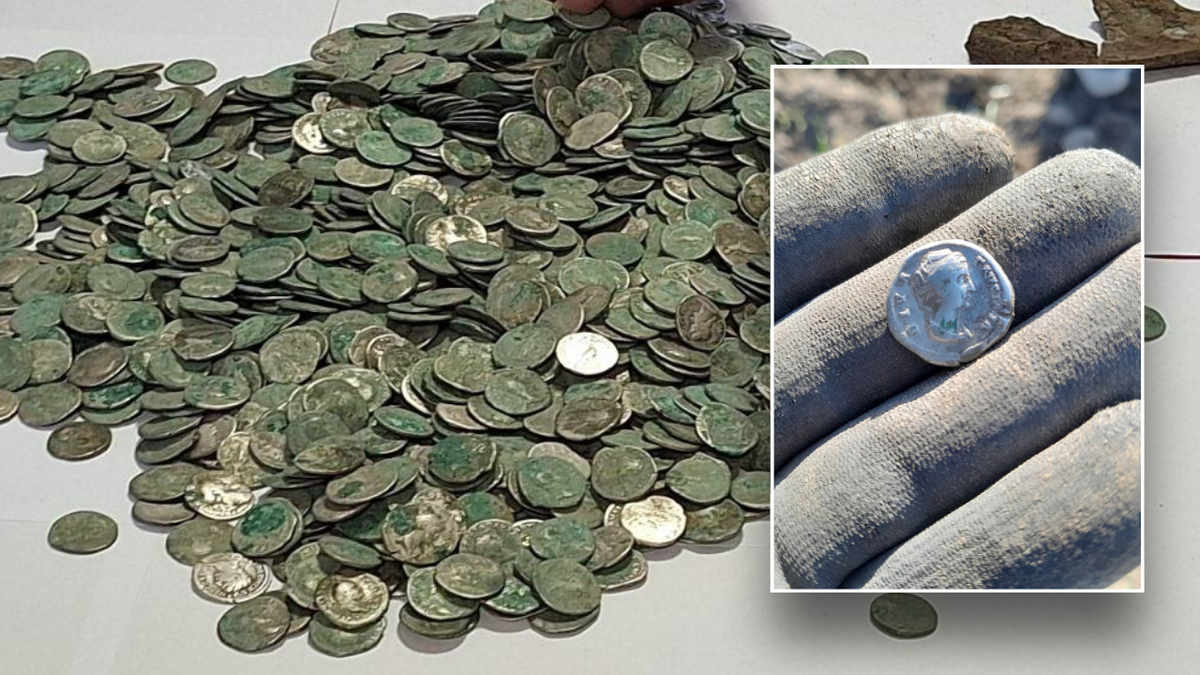In a remarkable archaeological discovery, a joint team of Peruvian and Japanese archaeologists has recently uncovered a pre-Incan site dedicated to ancestor worship in northern Peru. This significant find, which includes burial chambers, human remains, and ceramic offerings, sheds light on the rich cultural heritage of this region and provides valuable insights into the rituals and practices of ancient societies.
The archaeological site, dating back to the Wari period and estimated to be between 800 and 1000 years old, is situated in the Cajamarca region, approximately 900 kilometers (560 miles) north of Lima. Japanese archaeologist Shinya Watanabe, who is a professor at Nanzan University in Japan, shared his excitement about the discovery, stating, "We have discovered an archaeological site of the Wari period with an antiquity of between 800 and 1000 years AD."
What makes this site particularly fascinating is the presence of two burial chambers, each containing two levels and five niches in the walls. These niches served as repositories for offerings such as mollusk shells, ceramic fragments, and a tripod dish with three conical supports. Additionally, a bundle containing a female character, a black Wari ceremonial vessel, two musical ceramic wind instruments, and two copper fasteners were also found, adding to the treasure trove of historical artifacts.
Watanabe explained the significance of this discovery, saying, "It is a great find because the archaeologists were looking for evidence of the Wari culture." The Wari culture, which thrived between the 7th and 13th centuries in what is now modern-day Peru, played a crucial role in shaping the region's history. However, by 1100 AD, the Wari civilization was absorbed by the emerging Inca Empire.
The Jequetepeque valley in the province of San Miguel in Cajamarca, where this discovery was made, is believed to have been a ceremonial center dedicated to the veneration of ancestors. "Many people of multiple origins lived here. It was a ceremonial center dedicated to the cult of the ancestors," explained Watanabe.
Judith Padilla, the head of Cajamarca's culture office, emphasized the importance of these findings, stating that they provide insights into "the lifestyle and ritual practices" of the ancient societies that once inhabited the region. This newfound knowledge allows us to better understand the cultural and religious customs of the past, helping us piece together the puzzle of our shared history.
The discovery was made possible by the Project of Archaeological Investigation (PIA) Terlen-La Bomba and covers an area of approximately 24 hectares (60 acres). The Ministry of Culture has noted that the primary objective of this research is to gain a deeper understanding of the socio-political system of the Cajamarca culture during the Middle Horizon (900–1000 years AD) and its connections with the Wari civilization.
In conclusion, the unearthing of this pre-Hispanic ancestor worship site in northern Peru is a testament to the importance of archaeological research in uncovering the secrets of our past. As scholars continue to investigate and analyze the artifacts and remains discovered at this site, we can anticipate a deeper understanding of the ancient cultures that once thrived in this region, enriching our appreciation of the history and heritage of Peru.









